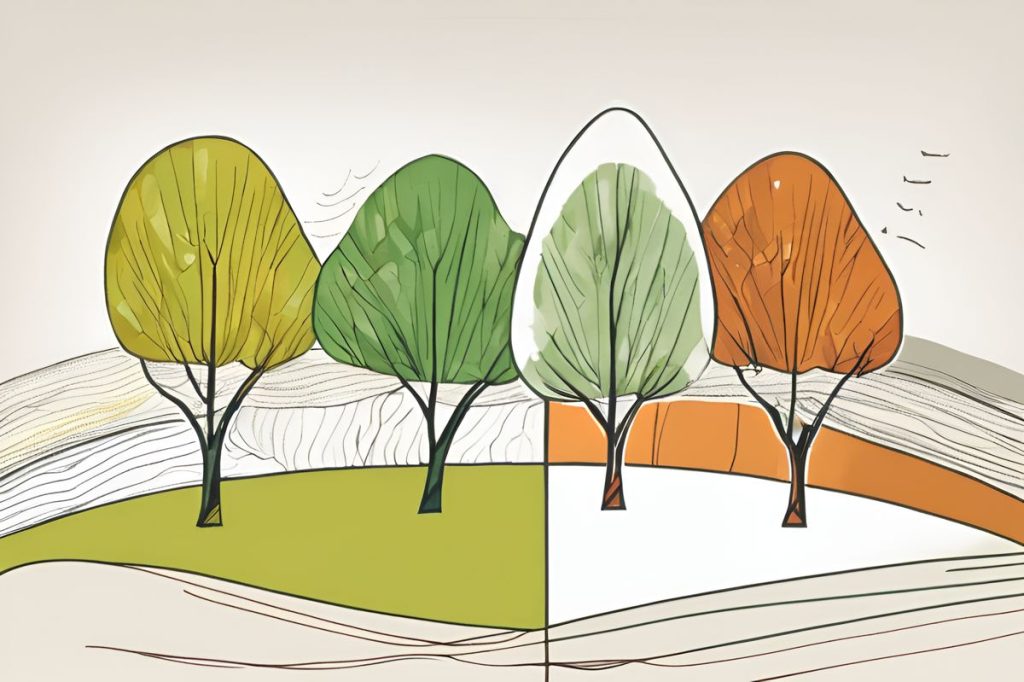The PyrAnankampsi/Alevlerden Gelecege Project in Cyprus successfully trained over 650 Greek and Turkish Cypriots in wildfire prevention and recovery techniques, including dry-stone wall construction and tree planting of heat-resistant species. The bicommunal collaboration culminated in a celebratory event in Nicosia, marking a significant milestone in strengthening rural resilience against wildfires.
What was the outcome of the PyrAnankampsi/Alevlerden Gelecege Project in Cyprus?
The PyrAnankampsi/Alevlerden Gelecege Project successfully trained over 650 Greek and Turkish Cypriots in wildfire prevention and recovery. Participants learned to build dry-stone walls, aiding ecological restoration, and engaged in tree planting with heat-resistant species. The project, symbolizing bicommunal collaboration, culminated in a celebratory event in Nicosia.
Bicommunal Collaboration Achieves Milestone
The PyrAnankampsi/Alevlerden Gelecege Project, which represents a significant bicommunal collaboration between Greek and Turkish Cypriots, has proudly reached its conclusion after two years of dedicated effort. Initiated by the Laona Foundation, this project has brought together communities affected by wildfires in Cyprus and has provided extensive training to over 650 individuals. These participants, composed of 470 Greek Cypriots and 180 Turkish Cypriots, have gained valuable knowledge in fire prevention and recovery strategies critical for the region.
A celebratory event was held at the Home for Cooperation in Nicosia, symbolizing the project’s success. Green MP Charalampos Theopemptou spoke at the event, highlighting the project’s significance given the region’s high temperatures and low rainfall. The urgency of addressing climate change and wildfires has never been clearer.
Innovative Approaches to Fire Management
The small but topographically complex island of Cyprus presents unique challenges in forest and soil protection. Panicos Champas, the General Secretary of the Cypriot Farmers Association, cautioned against a one-size-fits-all approach to European directives on this matter. Instead, he underscored the necessity of a tailored national plan for wildfire prevention and management.
Artemis Yiordamli, the director of the Laona Foundation, proposed a pragmatic solution for restoring the island’s neglected dry-stone walls—an ancient practice that remains effective for preventing soil erosion and fostering new growth. “It requires human labor but it should be done,” Yiordamli insisted, suggesting army involvement in this revival effort.
Strengthening Rural Resilience
The project’s reach extended through rural areas in Larnaca, Limassol, Paphos, and the Pentadaktylos range, which have all suffered from devastating fires in recent years. Funded by the Active Citizens Fund Cyprus program and supported by contributions from Iceland, Liechtenstein, and Norway—as part of the EEA and Norway Grants 2014-2021—along with additional support from the A.G. Leventis Foundation, the project has made a tangible difference.
Participants were trained not only in SWOT analysis but also in the construction of dry-stone walls, a practice dating back two millennia, vital for the region’s ecological restoration. This came in the wake of alternative erosion prevention methods that were tested following the disastrous 2021 Arakapas fire, which ultimately proved ineffective.
Volunteers and Experts Join Forces
In a demonstration of solidarity and commitment, dozens of volunteers from the PyrAnankampsi/Alevlerden Gelecege project worked alongside experts to build dry-stone walls in strategic locations such as the Stroggilos mountain in Arakapas and Kornokipos in the north. These efforts were complemented by tree planting initiatives, emphasizing the selection of broadleaf trees like oaks and other heat-resistant species, which are better suited to withstand the region’s challenging climate.
Yiordamli shared with the media that the project was warmly embraced by volunteers and participants, pointing out the enduring desire for bicommunal engagement despite the island’s division half a century ago. “Everyone was very welcoming,” she remarked, underscoring the positive spirit of the initiative.
For more information about the project and its ongoing impact, interested parties can visit the foundation’s website and social media pages.
What was the outcome of the PyrAnankampsi/Alevlerden Gelecege Project in Cyprus?
The PyrAnankampsi/Alevlerden Gelecege Project successfully trained over 650 Greek and Turkish Cypriots in wildfire prevention and recovery. Participants learned to build dry-stone walls, aiding ecological restoration, and engaged in tree planting with heat-resistant species. The project, symbolizing bicommunal collaboration, culminated in a celebratory event in Nicosia.
What is the significance of the bicommunal collaboration in the PyrAnankampsi/Alevlerden Gelecege Project?
The PyrAnankampsi/Alevlerden Gelecege Project involved a significant bicommunal collaboration between Greek and Turkish Cypriots, bringing together communities affected by wildfires in Cyprus. Over 650 individuals, comprised of 470 Greek Cypriots and 180 Turkish Cypriots, were provided with valuable training in fire prevention and recovery strategies crucial for the region’s resilience.
What innovative approaches were utilized in fire management during the project?
The project highlighted the importance of tailored approaches to fire management in Cyprus. It emphasized the restoration of ancient dry-stone walls for soil erosion prevention and new growth, as well as the strategic planting of heat-resistant tree species. Experts and volunteers worked together to implement these innovative strategies in areas impacted by wildfires.
How has the PyrAnankampsi/Alevlerden Gelecege Project contributed to strengthening rural resilience in Cyprus?
The project, funded by various organizations including the Active Citizens Fund Cyprus program and the EEA and Norway Grants, has made a tangible difference in rural areas affected by wildfires. Participants were trained in various techniques including SWOT analysis and dry-stone wall construction, essential for ecological restoration. The collaborative effort has demonstrated the enduring spirit of bicommunal engagement on the island.

